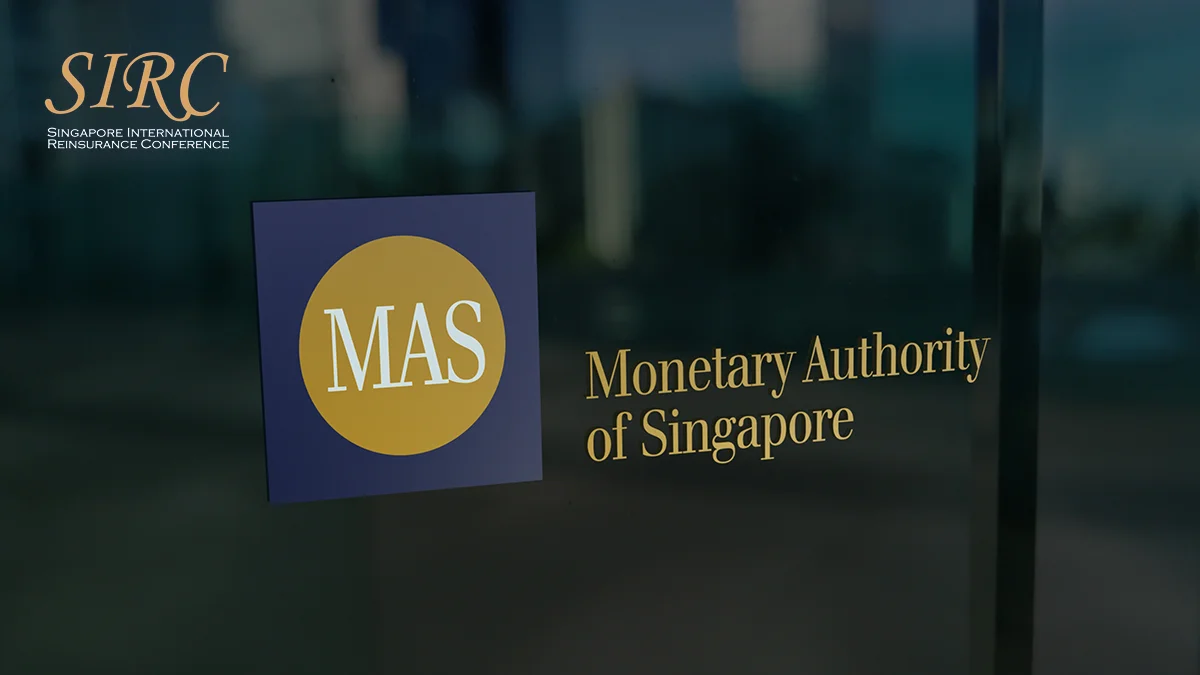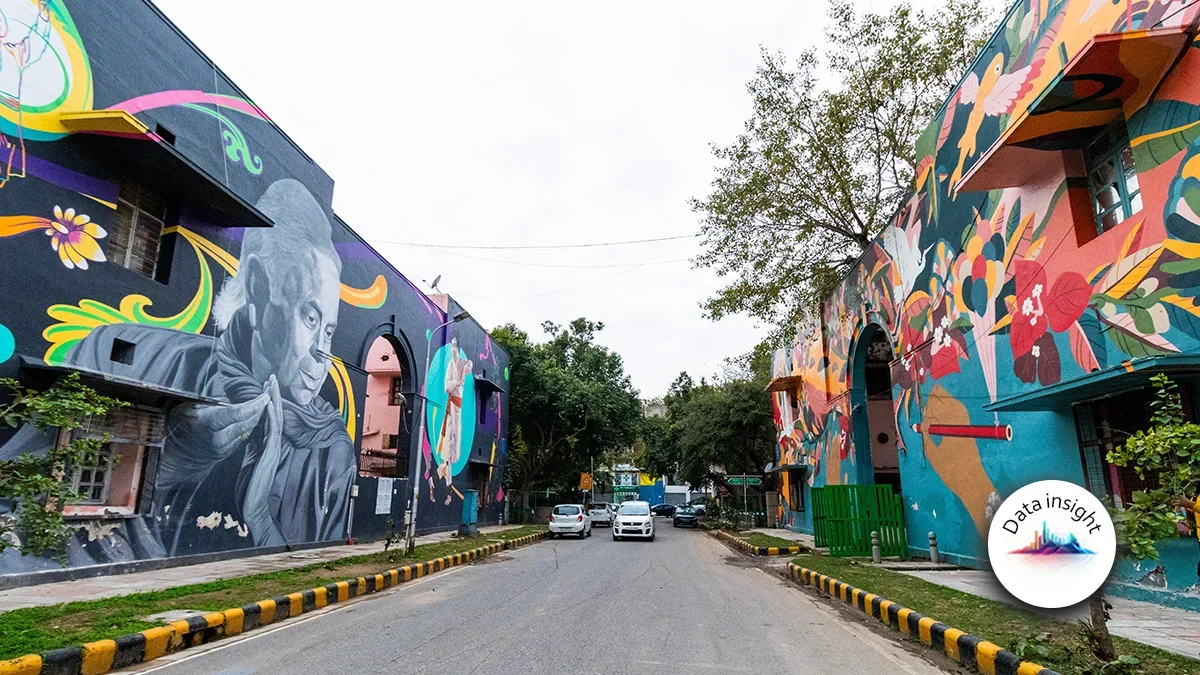(Re)in Summary
• Singapore’s central bank says it will pilot differentiated risk capital treatment for insurers investing in green infrastructure.
• Asia-Pacific suffered US$65 billion in losses last year with 91% uninsured, while facing potential GDP losses of up to 29% by 2048 due to climate change.
• MAS aims to expand the ILS market beyond its current 28 cat bond issuances, partnering with multilateral development banks to increase Asian exposure.
• The central bank will also release AI governance guidelines next year while developing frameworks for GenAI use in insurance through Project MindForge.
Singapore’s central bank is set to pilot a differentiated risk capital treatment for insurers’ investments in environmentally sustainable infrastructure, as part of its broader push to support Asia’s green transition, said Deputy Prime Minister and Chair of the Monetary Authority of Singapore (MAS) Gan Kim Yong on Monday (Nov 4).
Gan Kim Yong
Deputy Prime Minister of Singapore and Chair of MASThe move is set to potentially unlock Asia’s sizable infrastructure investment gap, estimated at US$815 billion annually.
“This allows insurers in Singapore to build their experience and capabilities in investing in sustainable infrastructure assets, and to gain deeper exposure to such assets,” he added.
The urgency comes as Asia grapples with accelerating climate change, with 91% of Asia-Pacific US$65bn in losses last year being uninsured, Gan said.
Asia could lose about 20% of its GDP by 2048 from 2021 levels due to climate change, with countries in ASEAN facing an even steeper 29% drop.
The city-state will continue to expand insurance capacity through sovereign insurance solutions like SEADRIF, which has made US$4.5m in payouts to support flood response in Laos, including a US$3m payout in September 2024.
Gan Kim Yong
Deputy Prime Minister of Singapore and Chair of MASIt is also making a strong push to develop its insurance-linked securities (ILS) market to unlock additional risk financing capacity.
Singapore has seen 28 cat bond issuances over the last five years, with 13 covering perils in Asia, providing 1.6 billion US dollars in coverage, Gan said.
But Asia currently accounts for less than 5% of the global catastrophe market. “With their strong credit rating, good in-country relationships and sovereign support programmes, multilateral development banks can bring scale to ILS issuances in Asia by partnering sovereigns on programmatic issuances,” he added.
The MAS will partner with ILS providers to channel some of the growing flow of investments from private wealth into ILS and promote it as an asset class for private investment, Gan said. “Through such alternative risk transfer instruments, we can unlock additional risk financing capacity, and complement that provided by traditional insurers and reinsurers.”
Asia’s ILS market has had good long-term growth prospects, given reinsurance capacity restraints, as the demand from governments and businesses to insure against key risks mean increasing costs.
The central bank is also working with insurers and reinsurers to deepen capabilities in AI, and will issue a set of good practices next year for addressing AI model, technology and cyber risks, Gan said.
This complements MAS’s current Project MindForge partnership with leading insurers, which will develop a risk framework responsible use of GenAI for insurance use cases, including in AI-assisted underwriting and customer engagement.
The central bank has also commissioned a study on how GenAI is set to change job roles in the financial sector and identify new skillsets needed, and will publish recommendations next year, Gan said.
Gan made his remarks at the Singapore International Reinsurance Conference on Monday (Nov 4), which saw more than 3,300 registered delegates from more than 400 companies and organisations attending.
























